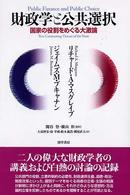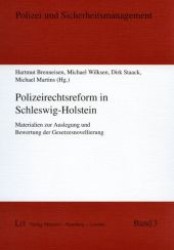- ホーム
- > 洋書
- > ドイツ書
- > Mathematics, Sciences & Technology
- > Technology
Full Description
This book uses the metaphor "The economy is society's metabolism" as a springboard to develop a rigorous theoretical framework for a better system of national accounts which goes "Beyond GDP" and is relevant to the age of resource depletion. Society is entering a new era in which biophysical limits related to natural resource extraction rates and the biosphere's waste assimilation capacity are becoming binding constraints on mature economies. Unfortunately, the data needed for policy-makers to understand and manage economic growth in this new era are not universally available. All stakeholders need a new way to understand our economy in the context of the biosphere's ability to provide essential natural capital, and we suggest that detailed information about materials, energy, embodied energy, and energy intensity should be routinely gathered, analyzed, and disseminated from a centralized location to provide markets and policymakers with a more comprehensive understanding of the biophysical economy. However, a firm theoretical foundation is needed before proceeding along this new path, which this book is intended to provide.
After arguing that the stock of manufactured capital is an important driver of material and energy demands imposed upon the biosphere, a new accounting framework is derived from the laws of thermodynamics to reflect the fact that material and embodied energy accumulate within the capital stock of economic sectors. This framework extends the Energy Input-Output (EI-O) techniques first developed by Bullard, Herendeen, and others to estimate energy intensity of economic products. Implications from the new framework are discussed, including the value of economic metrics for policy-making, the need for physically-based rather than product-based EI-O formulations, a re-assessment of the concept of economic "growth," and an evaluation of recycling, reuse, and dematerialization. The framework also provides anopportunity to assess an array of definitions for Daly's "steady-state economy" in relation to the ideal of a sustainable economy.
The book ends with a list of steps to be taken in creating a more comprehensive system of national accounts:
National accounting agencies worldwide should develop and maintain balance sheets of both natural and manufactured capital in addition to national income statements
All stocks and inter-sector flows should be provided in physical as well as financial units
In the US, the Bureau for Economic Analysis (BEA) should restart detailed Capital, Labor, Energy, Material, and Services (KLEMS) reporting
National accounting agencies should routinely estimate the energy intensity of economic products, and all of the above should be estimated and disseminated on an annual basis.
Contents
Introduction: The end of an era.- Accounting for the wealth of nations.- Stocks and flows of materials.- Flows of Direct Energy.- Stocks and flows of embodied energy.- Stocks and flows of economic value.- Energy intensity.- Implications.- Next steps.








